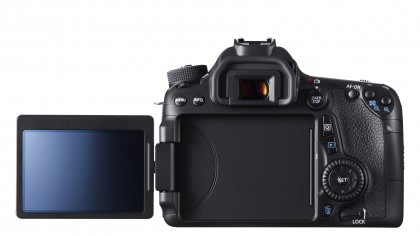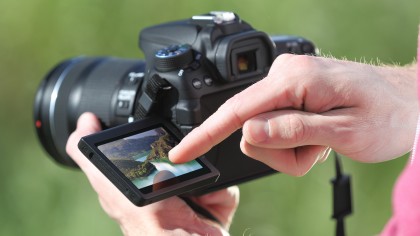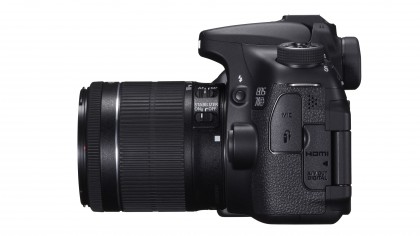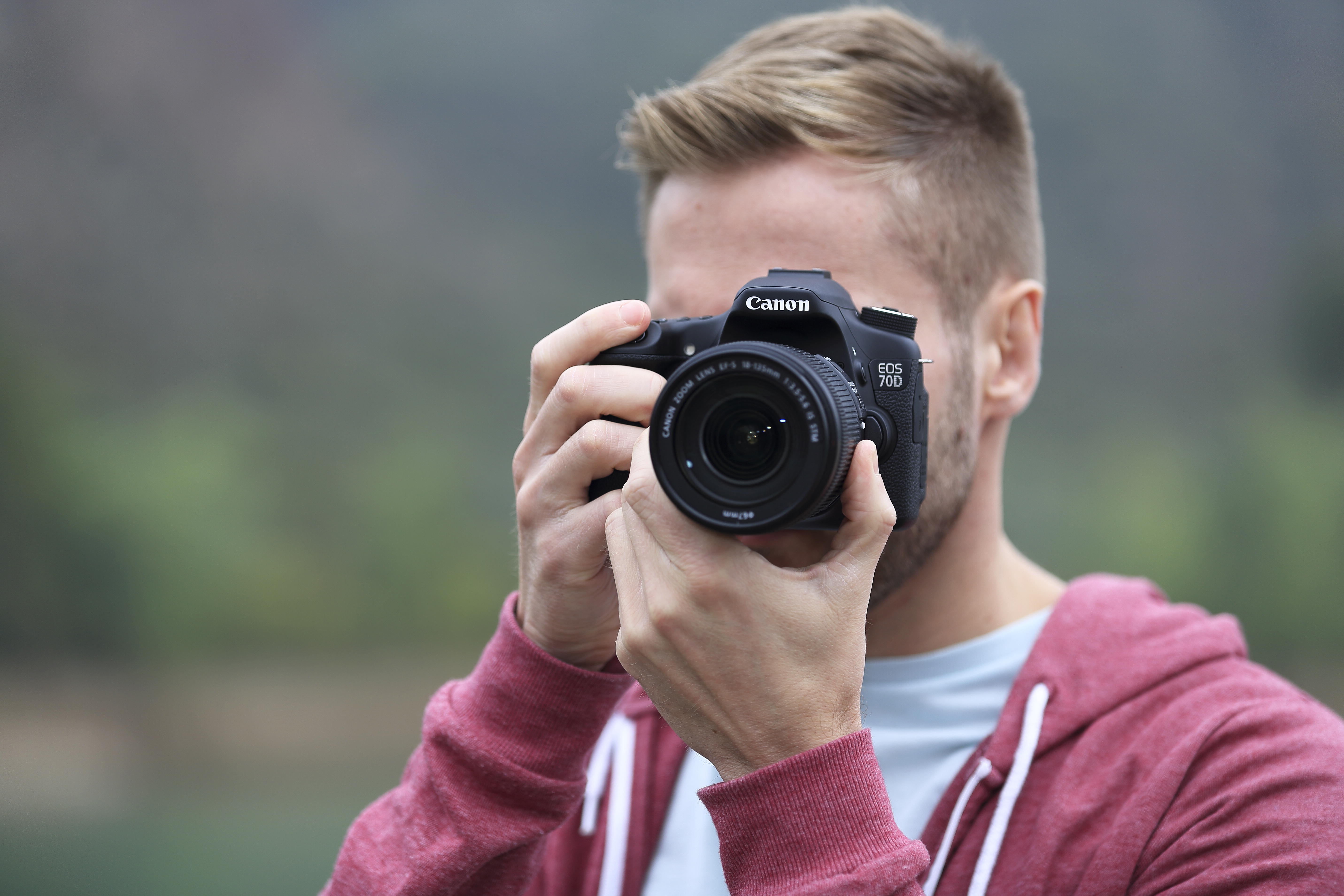TechRadar Verdict
Canon has produced a very well rounded camera for enthusiast photographers. It has all the specifications that we expect, along with a few modern niceties in a body that feels well made and comfortable in the hand.
Pros
- +
Excellent image quality
- +
Plenty of control over images
- +
Responsive, articulated touchscreen
- +
Wi-Fi built in for remote control
- +
19-AF points all cross-type
Cons
- -
Creative Filters JPEG only
- -
HDR mode JPEG only
- -
Creative Filters live view only
- -
Viewfinder level can be hard to see
- -
Metering problems in high contrast
Why you can trust TechRadar
The EOS 70D was until recently the DSLR of choice for Canon DSLR users looking to upgrade from more entry-level models like the Rebel T6i (EOS 750D). With the arrival of the EOS 80D, attention has shifted to the latest model. That's not to say you should discount the 70D though - especially now it can be picked up for a lot less than the original asking price.
At a glance:
- APS-C CMOS sensor, 20.2MP
- ISO100-12,800, expandable to ISO100-25,600
- 19 point AF, 19 cross-type
- 7fps burst shooting
- 1080p video
- 3.0-inch touchscreen, 1,040,000 dots
Features
The announcement of any Canon DSLR usually creates a lot of excitement, but when that camera launches a new sensor with a new pixel count (for the manufacturer) and is aimed at enthusiast photographers, it ups the ante considerably. So naturally there's been quite a buzz surrounding the new Canon EOS 70D, which has a 20.2 million-pixel CMOS sensor coupled with a Digic 5 processor.
The EOS 70D's sensor is a Dual Pixel CMOS device, which enables faster focusing during Live View and video mode. There are two photodiodes for every pixel site (strictly speaking pixels don't exist until an image is created) on the sensor, and each of them can read light independently to enable a form of phase detection autofocusing to be used to focus the lens.
While the diodes are read separately for autofocusing, they are read together to form the image, and this means the Canon 70D creates 20.2MP images.
Although every 'pixel' is a dual diode device, only the central 80% are used for auto focusing, because using the outer edges makes the system more prone to errors.

The 70D can shoot at up to 7fps at full resolution for up to 65 JPEGs or 16 raw files, which is useful when shooting sport and using the 70D's continuous focusing capability, while sensitivity may be set in the native range of ISO 100-12,800 with an expansion setting allowing the equivalent of ISO 25,600.
Canon was the first manufacturer to give a DSLR a touchscreen, and the 70D has a 3-inch 1,040,000 dot LCD that can be used to make settings adjustments and scroll through images. As with the Canon 700D, the manufacturer hasn't added the touchscreen functionality at the expense of buttons or dial controls, since the Canon 70D has all the physical controls that you'd hope for.
Further good news with the Canon 70D is that the LCD screen is on an articulating joint, and this makes it easy to view from a range of angles, whether shooting in landscape or portrait format.

Wi-Fi connectivity is fast becoming one of the must-have features for cameras, and the Canon 70D does not disappoint in this respect.
While the ability to download images wirelessly may not be all that enticing, the possibility of controlling the camera remotely using Canon's free EOS remote app for Android and iOS smartphones and tablets is a real bonus for wildlife photographers.
Canon has also included a few features to enable more creative images to be captured with a Canon 70D - there's a built-in Speedlite transmitter, for example, which gives wireless control over multiple Canon Speedlite EX flashguns, a multi-exposure mode and an HDR mode that combines three images to create one with a greater range of tones.
There's also a collection of Creative Filters (Grainy B/W, Soft Focus, Fish-Eye effect, Art Bold effect, Water Painting effect, Toy Camera effect or Miniature effect) that can be used to give JPEGs a particular distinctive look when shooting in Live View mode.

While it's disappointing that these can't be used when shooting raw files simultaneously, or when using the viewfinder, they can be applied post-capture in review mode, so it's possible to retain a 'clean' image as well as one with the filter effect.
